Inhibiting Protein Aggregation
25th July 2018.
Daniel Segal, School of Molecular Cell Biology & Biotechnology, Tel-Aviv University
On Wednesday the 25th of July 2018 Daniel Segal of the School of Molecular Cell Biology & Biotechnology at Tel-Aviv University will give a seminar entitled Inhibiting aggregation of amyloidogenic proteins as a strategy for treating neurodegeneration at 12.00 noon in the College Lecture theatre. Protein misfolding and aggregation are crucial steps in the onset of several, common neurodegenerative diseases and inhibiting the formation of toxic protein aggregates process may have considerable potential for therapy. D Segal will report a series of landmark studies in which he and his colleagues have been able to identify small molecules that disrupt the formation of toxic protein aggregates, at least iunder laboratory conditions. Te poster of the lecture can be downloaded here.
Abstract
My laboratory is interested in intrinsically disordered proteins, in particular disease-associated amyloidogenic proteins, and in developing means for inhibiting their harmful aggregation. Insights obtained about structural determinants that facilitate self-assembly of these proteins, such as the role of aromatic residues, serve us for developing small molecules and peptidomimetics to inhibit aggregation of these amyloidogenic proteins and disassemble of pre-existing aggregates. We evaluate efficacy of the candidate inhibitors using a series of in vitro methods, cell-based assays, and studies in transgenic animal models – Drosophila and mice. I will illustrate this approach using three examples: Tryptophan-modified naphthoquinone small molecules towards amyloid-beta and tau involved in Alzheimer’s disease; β-synuclein derived peptidomimetics towards α-synuclein involved in Parkinson’s; and a naturally occurring molecule, Mannitol, against α-synuclein with unexpected lead towards clinical trial. If time permits I will describe recent results of High Throughput screening for novel inhibitors, and the use of computational tools for understanding their mechanism of action.
Biography
Daniel Segal obtained his PhD in Genetics from the Hebrew University, Jerusalem, under the supervision of Prof. Raphael Falk, studying Drosophila developmental genetics. He did his postdoctoral studies at Harvard University, with the late Prof. William Gelbart, working on molecular genetics of the decapentaplegic developmental gene complex in Drosophila. He moved back to Israel as a scientist at the Weizmann Institute working on oncogene homologs in the fruit fly and on neurogenetics. Since 1987 he is a faculty member at Tel-Aviv University, where he is the Head of the School of Molecular Cell Biology & Biotechnology. His lab focuses on intrinsically disordered proteins, in particular disease-associated amyloidogenic proteins, and on developing means for inhibiting their harmful aggregation.
Image
NMR structure of a-synuclein fibrils (pdf accession 2n0a).Tuttle MD et al Nat Struct Mol Biol 23:409, (2016).
Proteins at Interfaces
5th June 2018.
Marek Cieplak, Institute of Physics of the Polish Institute of Sciences
On Tuesday the 5th of June 2018 Marek Cieplak of the Institute of Physics of the Polish Institute of Sciences will give a seminar on Proteins at fluid-fluid interfaces at 11.00 am in the College Lecture theatre. The seminar will address theoretical and experimental advances in our understanding of how physical interfaces (water-water, water-oil, water-air) affects protein structure and function and the crucial role of these envirnoment-induced, conformational changes in cell and tissue physiology and pathology. The poster of the lecture can be downloaded here.
Abstract
Phase transitions in protein environments have increasingly become important as they are thought to play an important role in protein aggregation and misfolding.
We study the behavior of five proteins (protein G, egg-white lysozyme, hydrophobin, tryptophan cage and LTP1) at the air–water and oil–water interfaces by all-atom molecular dynamics. The proteins are found to change orientation and get distorted when pinned to the interface. This behavior is consistent with the empirical way of introducing the interfaces in a coarse-grained model through a force that depends on the hydropathy indices of the residues. Proteins couple to the oil–water interface stronger than to the air–water one. They diffuse slower at the oil–water interface but do not depin from it, whereas depinning events are observed at the other interface. The reduction of the disulfide bonds slows the diffusion down. We use the empirical coarse-grained model to study properties of protein layers at the air-water interface. In particular, we demonstrate existence of glassy effects as evidenced by slowing down of diffusion with increasing concentration of proteins. We also show that layers of two barley proteins, LTP1 and its ligand adduct LTP1b, flatten out at the interface and can make a continuous and dense film that should be responsible for formation and stability of foam in beer. The degree of the flattening depends on the protein - the layers of LTP1b should be denser than those of LTP1 – as well as on the presence of glycation and the degree of reduction in the number of disulfide bonds. We also show that the interfacial forces can untie proteins with shallow knots, but they can also make knots in proteins that are natively unknotted. The physics of proteins at the air-water interface can be captured by a simple lattice model which allows for larger statistics of the pinning-depinning processes and an analysis of a Marangoni-like effect induced by a temperature gradient.
[1] M. Cieplak, D. B. Allen, R. L. Leheny, D. H. Reich, Langmuir 30:12888-96 (2014).
[2] Y. Zhao, M. Chwastyk, M. Cieplak, Sci. Rep. 7:39851 (2017).
[3] Y. Zhao, M. Cieplak, Langmuir 33:4769-4780 (2017).
[4] Y. Zhao, M. Cieplak, Phys. Chem. Chem. Phys. 19: 25197-25206 (2017
Image
Surface representation of the electrostatic potential of the Brichos domain of human lung surfactant protein C (pdb accession: 2yad).
Convergence of Circadian Clock and Cancer
11th December 2017.
Chi Van Dang, Ludwig Institute for Cancer Research, Philadelphia
Chi Van Dang, Director of the Ludwig Institute for Cancer Research and Head of the Ludwig Institute Unit located at the Wistar Institute in Philadelphia, will give the opening lecture of the PhD Programme of the University of Pavia on Monday the 11th of December in Aula Magna (Strada Nuova) at 10.30. The lecture, entitled Convergence of Circadian Clock and Cancer: Time as an Inconvenient Truth, will tackle a new area in cancer research that may greatly extend our understanding of the disease. The poster of the lecture can downloaded here and all College students of Biology, Biotechnology and Medicine are strongly encouraged to attend. Chi Van Dang will be a guest of the College during his stay in Pavia.
Abstract
Cancer metabolism as a field of research was founded almost 100 years ago by Otto Warburg, who described the propensity for cancers to convert glucose to lactate despite the presence of oxygen, which in yeast diminishes glycolytic metabolism known as the Pasteur effect. In the past 20 years, the resurgence of interest in cancer metabolism provided significant insights into processes involved in maintenance metabolism of non-proliferating cells and proliferative metabolism, which is regulated by proto-oncogenes and tumor suppressors in normal proliferating cells. In cancer cells, depending on the driving oncogenic event, metabolism is re-wired for nutrient import, redox homeostasis, protein quality control, and biosynthesis to support cell growth and division. In general, resting cells rely on oxidative metabolism, while proliferating cells rewire metabolism toward glycolysis, which favors many biosynthetic pathways for proliferation. Oncogenes such as MYC, BRAF, KRAS, and PI3K have been documented to rewire metabolism in favor of proliferation. These cell intrinsic mechanisms, however, are insufficient to drive tumorigenesis because immune surveillance continuously seeks to destroy neo-antigenic tumor cells. In this regard, evasion of cancer cells from immunity involves checkpoints that blunt cytotoxic T cells, which are also attenuated by the metabolic tumor microenvironment, which is rich in immuno-modulating metabolites such as lactate, 2-hydroxyglutarate, kyneurenine, and the proton (low pH). As such, a full understanding of tumor metabolism requires an appreciation of the convergence of cancer cell intrinsic metabolism and that of the tumor microenvironment including stromal and immune cells.
Biography
Chi Van Dang oversees the execution of Ludwig’s scientific strategy, with a special focus on the operations and staffing of the Lausanne, Oxford and San Diego Branches of the Ludwig Institute for Cancer Research. He also manages the alignment of their efforts with those of the six independent Ludwig Centers across the US to further cultivate collaboration within Ludwig’s global research community. As a researcher, Chi Van Dang is best known for his work on the molecular signaling pathways and mechanisms that govern the unusual metabolism of cancer cells, which require vast quantities of energy and molecular building blocks to sustain proliferation. Chi Van Dang's laboratory was the first to show that a master regulator of gene expression named MYC—a gene whose mutation or aberrant expression is associated with many types of cancer—alters the utilization of a key sugar in cancer cells. This body of work bolstered the hypothesis that cancer cells can become addicted to their reengineered metabolic signaling and that disrupting these pathways could be a powerful approach to treating cancer. Chi Van Dang currently leads a Ludwig laboratory housed at The Wistar Institute in Philadelphia. Prior to joining Ludwig, he served as Director of the Abramson Cancer Center at the University of Pennsylvania Perelman School of Medicine, where he launched a series of Translational Centers of Excellence to develop novel interventions for various cancers. He began his career in medicine and research at Johns Hopkins University School of Medicine, where he was Director of the Division of Hematology and eventually became the Johns Hopkins Family Professor in Oncology Research, the Vice Dean for Research and Director of the Hopkins Institute for Cell Engineering. He has authored over 250 scientific and medical articles, book chapters and two books and am a member of the National Academy of Medicine (Institute of Medicine), American Academy of Arts & Sciences and chair the National Cancer Institute’s Board of Scientific Advisors.
Inhibiting Protein Aggregation
On Wednesday the 25th of July 2018 Daniel Segal of the School of Molecular Cell Biology & Biotechnology at Tel-Aviv University will give a seminar entitled Inhibiting aggregation of amyloidogenic proteins as a strategy for treating neurodegeneration at 12.00 noon in the College Lecture theatre.
There is now considerable evidence that protein misfolding and aggregation play a fundamental role in several neurodegenerative diseases and the search for compounds that may effectively inhibit this process may have considerable potential for treatment. D Segal will report a series of landmark studies in which he and his colleagues have been able to identify small molecules that disrupt the formation of toxic protein aggregates, at least in the test tube.
All College students are warmly invited to attend this seminar lecture, espcially students reading Medicine, Biology, Biotechnology and Pharmaceutical Sciences. The poster of the lecture can be downloaded here.
Proteins at Fluid-Fluid Interfaces
On Tuesday the 5th of June 2018 Marek Cieplak of the Institute of Physics of the Polish Institute of Sciences will give a seminar on Proteins at fluid-fluid interfaces at 11.00 am in the College Lecture theatre.
The behaviour of proteins is greatly affected by their environment, namely their presence in solution or at water-air, water-oil or water-water interfacese. The physiological activity of certain proteins, for example lung surfactant proteins, depends indeed on their ability to partition specific domains in the water environment and other ones in the air envirnoment thus regulating the surface tension of the alveoli or their role as a barrier to pathogens. The study of proteins at fluid-fluid interfaces, however, impacts on pathology as well as it may impact on their propensity to oligomerise and form protein aggregates as found in certain neurodegenerative diseasese (Parkinson, Alzheimer, etc). M Cieplak will discuss the conformational changes that proteins may encounter at fluid-fluid interfaces and how this may promote the formation of high order protein aggregates.
All College students are warmly invited to attend this seminar lecture, espcially students reading Medicine, Biology, Biotechnology and Pharmaceutical Sciences. The poster of the lecture can be downloaded here.
Antibacterial Resistance
On the 23rd of May Esther Kuenzli, of the Swiss Tropical and Public Health Institute and the University of Basel, will give a seminar on International spreading of antibacterial resistance at 3.00 pm in the College lecture theatre.
International travel has become on important mechanism for the spreading of antibacterial resistance and notably the spreading of Enterobacteriaceae able to produce extend spectrum be lactamases, enzymes able to inactivate one of the major classes of antibiotics currently available. E Keuenzli will discuss the impact of international travel on the spread of antibacterial resistance and measures to counteract this major medical problem.
All College students are warmly invited to attend this seminar lecture, espcially students reading Medicine, Biology, Biotechnology and Pharmaceutical Sciences. The poster of the lecture can be downloaded here.
Multiresistant Tuberculosis
On the 22nd of May Daniela Cirililo, of the Scientific Institute S Raffaele in Milan, will give a seminar on Multiresistant Tuberculosis at 3.00 pm in the College lecture theatre.
Tuberculosis, a complex infectious disease caused by the bacterium M tuberculosis, is one of the diseases that have shaped the course of human history and that remains inadequately controlled. Although a vaccine has been available for nearly a century, its efficacy is limited limited and a number of M tuberculosis strains resistant to the antibiotics currently available have emerged over time. D Cirillo will discuss mechainsms of resistance and the impact of the emergence of multiresistant strains for the control of tuberculosis.
All College students are warmly invited to attend this seminar lecture, espcially students reading Medicine, Biology, Biotechnology and Pharmaceutical Sciences. The poster of the lecture can be downloaded here.
M Fraccaro Lecture 2017/18
The 2017/18 M Fraccaro Lecture, organised an nually by Collegio Cairoli and Collegio Volta will be given at 5.00 pm on 9th April 2018 in the main University lecture hall (Aula Magna) by Prof M De Luca at the University of Modena.
The lecture entitled: Life-saving regeneration of the entire human epidermis by transgenic stem cells and will illustrate ground-breaking progress in curing a child with a life-threatening skis disease (Junctional epidermolysis bullosa, genetic disease caused by mutations in genes encodingthe basement membrane component laminin 5). The approach pursued by Prof M De Luca and his collaborators involved correction of the faulty gene in skin stem cells in culture followed by propagation and implantation of the cells with the corrected gene to enable the growth of the entire body skin. The results of this study were published in November 2017 in the journal Nature and the article is available here for downloading.
All College students are warmly invited to attend this important lecture. The poster of the lecture can be downloaded here. The lecture will be followed by refreshments at Collegio Cairoli.
Image: a human skin cell, known as keratinocyte, in culture.
New Directions in Optical Microscopy
21th March 2018.
W Brad Amos, MRC Laboratory of Molecular Biology, Cambridge
Abstract
The fourth seminar of the Light microscopy series will be given by William B Amos of the MRC Laboratory of Molecular Biology in Cambridge in the College lecture theatre on Wednesday the 21st of March at 2.00 pm and will address New directions in optical microscopy. The seminar will cover: Multiphoton microscopy on the one hand and Super-resolution methods on the other. The latter inclu Optical (structured Illumination) and Photochemical (Stimulated Emission Depletion STED, Stochastic optical reconstruction, STORM and Photoactivation Light Microscopy PALM)discuss standardised distances in compound microscopes, lens aberrations, diffraction in the light microscope, Rayleigh resolution and Fourier synthesis. The poster of the series can be downloaded here.
Polarisation and Interference Methods
20th March 2018.
W Brad Amos, MRC Laboratory of Molecular Biology, Cambridge
Abstract
The third seminar of the Light microscopy series will be given by William B Amos of the MRC Laboratory of Molecular Biology in Cambridge in the College lecture on Tuesday tthe 20th of March at 2.00 pm and will address Polarisation and Interference Methods. The seminar will discuss the nature of polarised light, the way in which polarised light interacts with crystals and biomolecules, differential interference contrast using polarisation and the use of fluorescence in microscopy including fluorescence correlation spectroscopy, fluorescent lifetime measurements and Forster resonance energy transfer.
More...
Ray and Wave Optics and Practical Microscopy
19th March 2018.
W Brad Amos, MRC Laboratory of Molecular Biology, Cambridge
Abstract
The second seminar of the Light microscopy series will be given by William B Amos of the MRC Laboratory of Molecular Biology in Cambridge in the College lecture theatre on Monday the 19th of March at 4.00 pm and will address Ray and wave optics and practical microscopy. The seminar will discuss standardised distances in compound microscopes, lens aberrations, diffraction in the light microscope, Rayleigh resolution and Fourier synthesis. The poster of the series can be downloaded here.
Resolution and the Nature of Optical Images
19th March 2018.
W Brad Amos, MRC Laboratory of Molecular Biology, Cambridge
Abstract
The first seminar of the Light microscopy series will be given by William B Amos of the MRC Laboratory of Molecular Biology in Cambridge on Monday the 19th of March in the College lecture theatre at 2.00 pm and will address Resolution and the nature of optical images. The seminar will discuss the nature of images obtained the light microscope, Abbe's equation for resolution as well as recent developments such Interferometric Fluorescent Superresolution Microscopy (iPALM) and Coherent anti-Stokes Raman Spectroscopy (CARS). The poster of the series can be downloaded here.
Light Microscopy
The College is organising a major seminar series on Light Microscopy from Monday the 19th of March to Thursday the 22nd. Light microscopy has undergone dramative developments in the last 10-20 years that culminated in the 2014 Nobel Prize for Chemistry to Eric Betzig, Stefan W Hell and William E Moerner for the development of so-called super resolution fluorescence microscopy.
The College series will involve a total of 8 seminars (2 per day at 2.00 and 4.00 pm respectively) and will cover both the foundations and the most recent advances in advanced imaging methods, super resolution, localisation microscopy and multi photon microscopy. All College students are invited to participate, especially students of the Biology, Biotechnology, Bioengineering, Pharmaceutical Sciences and Medicine Courses. The poster of the series can be downloaded here. Image: DNA inside a cell's nucleus by super-resolution microscopy,
Speakers, dates and topics
William B Amos, Cambridge
Monday 19th March. 2.00 pm
Resolution and the nature of optical images
William B Amos, Cambridge
Monday 19th March. 4.00 pm
Ray and wave optics and practical microscopy
William B Amos, Cambridge
Tuesday 20th March. 2.00 pm
Polarisation and interference methods
William B Amos, Cambridge
Wednesday 21th March. 2.00 pm
New directions in optical microscopy
Rainer Heintzmann, Jena
Tuesday 20th March. 4.00 pm
Super resolution microscopy
Gail McConnell, Strathclyde
Wednesday 21st March. 4.00 pm
Lasers and advanced imaging methods
Susan Cox, London
Thursday 22nd March. 2.00 pm
Localisation microscopy
Veronika AM Te Boekhorst, Houston.
Thursday 22nd March. 4.00 pm
Multiphoton microscopy
The Tempo of Cancer
Chi Van Dang, Director of the Ludwig Institute for Cancer Research and a leading cancer researcher based at the Wistar Institute in Philadelphia will give the opening lecture of the PhD Programme of the University of Pavia on Monday the 11th of December in Aula Magna (Strada Nuova) at 10.30. The lecture, entitled Convergence of Circadian Clock and Cancer: Time as an Inconvenient Truth, will tackle a new area in cancer research that may greatly extend our understanding of the disease. The poster of the lecture can downloaded here and all College students of Biology, Biotechnology and Medicine are strongly encouraged to attend. Chi Van Dang will be a guest of the College during his stay in Pavia.
Abstract
Cancer metabolism as a field of research was founded almost 100 years ago by Otto Warburg, who described the propensity for cancers to convert glucose to lactate despite the presence of oxygen, which in yeast diminishes glycolytic metabolism known as the Pasteur effect. In the past 20 years, the resurgence of interest in cancer metabolism provided significant insights into processes involved in maintenance metabolism of non-proliferating cells and proliferative metabolism, which is regulated by proto-oncogenes and tumor suppressors in normal proliferating cells. In cancer cells, depending on the driving oncogenic event, metabolism is re-wired for nutrient import, redox homeostasis, protein quality control, and biosynthesis to support cell growth and division. In general, resting cells rely on oxidative metabolism, while proliferating cells rewire metabolism toward glycolysis, which favors many biosynthetic pathways for proliferation. Oncogenes such as MYC, BRAF, KRAS, and PI3K have been documented to rewire metabolism in favor of proliferation. These cell intrinsic mechanisms, however, are insufficient to drive tumorigenesis because immune surveillance continuously seeks to destroy neo-antigenic tumor cells. In this regard, evasion of cancer cells from immunity involves checkpoints that blunt cytotoxic T cells, which are also attenuated by the metabolic tumor microenvironment, which is rich in immuno-modulating metabolites such as lactate, 2-hydroxyglutarate, kyneurenine, and the proton (low pH). As such, a full understanding of tumor metabolism requires an appreciation of the convergence of cancer cell intrinsic metabolism and that of the tumor microenvironment including stromal and immune cells.
Biography
Chi Van Dang oversees the execution of Ludwig’s scientific strategy, with a special focus on the operations and staffing of the Lausanne, Oxford and San Diego Branches of the Ludwig Institute for Cancer Research. He also manages the alignment of their efforts with those of the six independent Ludwig Centers across the US to further cultivate collaboration within Ludwig’s global research community. As a researcher, Chi Van Dang is best known for his work on the molecular signaling pathways and mechanisms that govern the unusual metabolism of cancer cells, which require vast quantities of energy and molecular building blocks to sustain proliferation. Chi Van Dang's laboratory was the first to show that a master regulator of gene expression named MYC—a gene whose mutation or aberrant expression is associated with many types of cancer—alters the utilization of a key sugar in cancer cells. This body of work bolstered the hypothesis that cancer cells can become addicted to their reengineered metabolic signaling and that disrupting these pathways could be a powerful approach to treating cancer. Chi Van Dang currently leads a Ludwig laboratory housed at The Wistar Institute in Philadelphia. Prior to joining Ludwig, he served as Director of the Abramson Cancer Center at the University of Pennsylvania Perelman School of Medicine, where he launched a series of Translational Centers of Excellence to develop novel interventions for various cancers. He began his career in medicine and research at Johns Hopkins University School of Medicine, where he was Director of the Division of Hematology and eventually became the Johns Hopkins Family Professor in Oncology Research, the Vice Dean for Research and Director of the Hopkins Institute for Cell Engineering. He has authored over 250 scientific and medical articles, book chapters and two books and am a member of the National Academy of Medicine (Institute of Medicine), American Academy of Arts & Sciences and chair the National Cancer Institute’s Board of Scientific Advisors.
Image courtesy: http://www.eyeofscience.de/en/
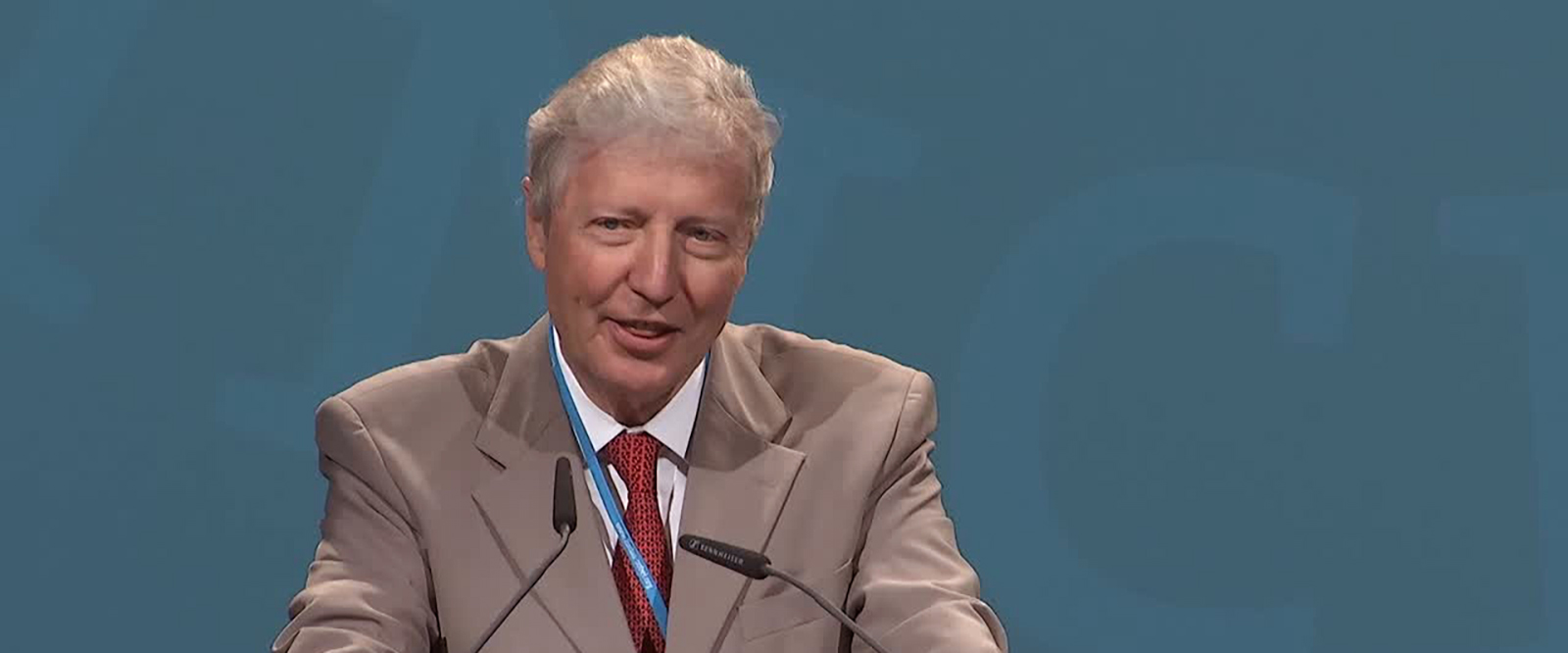
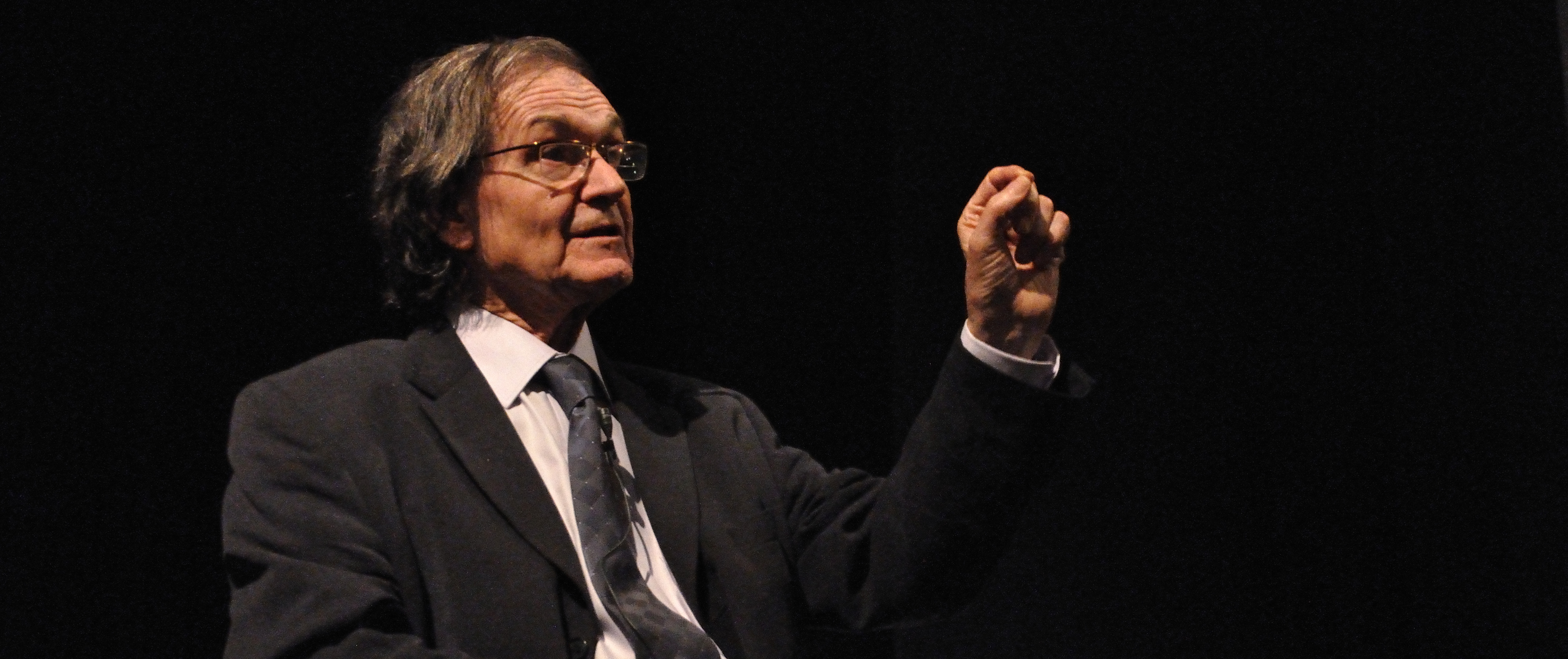
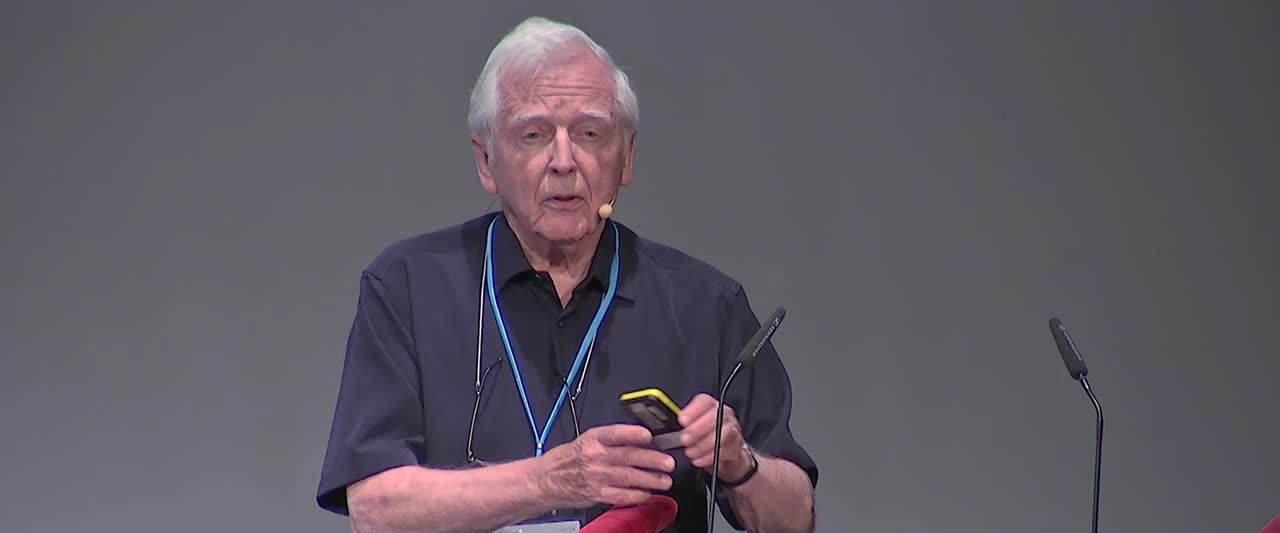
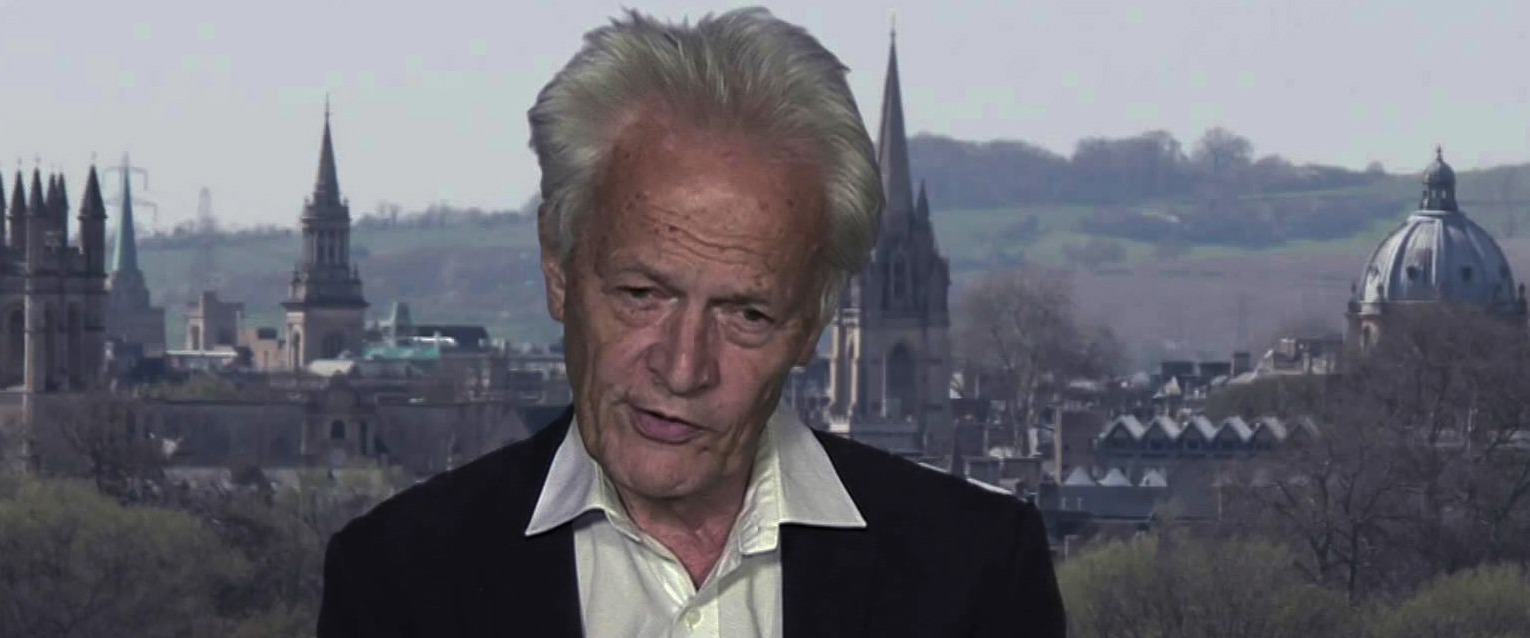
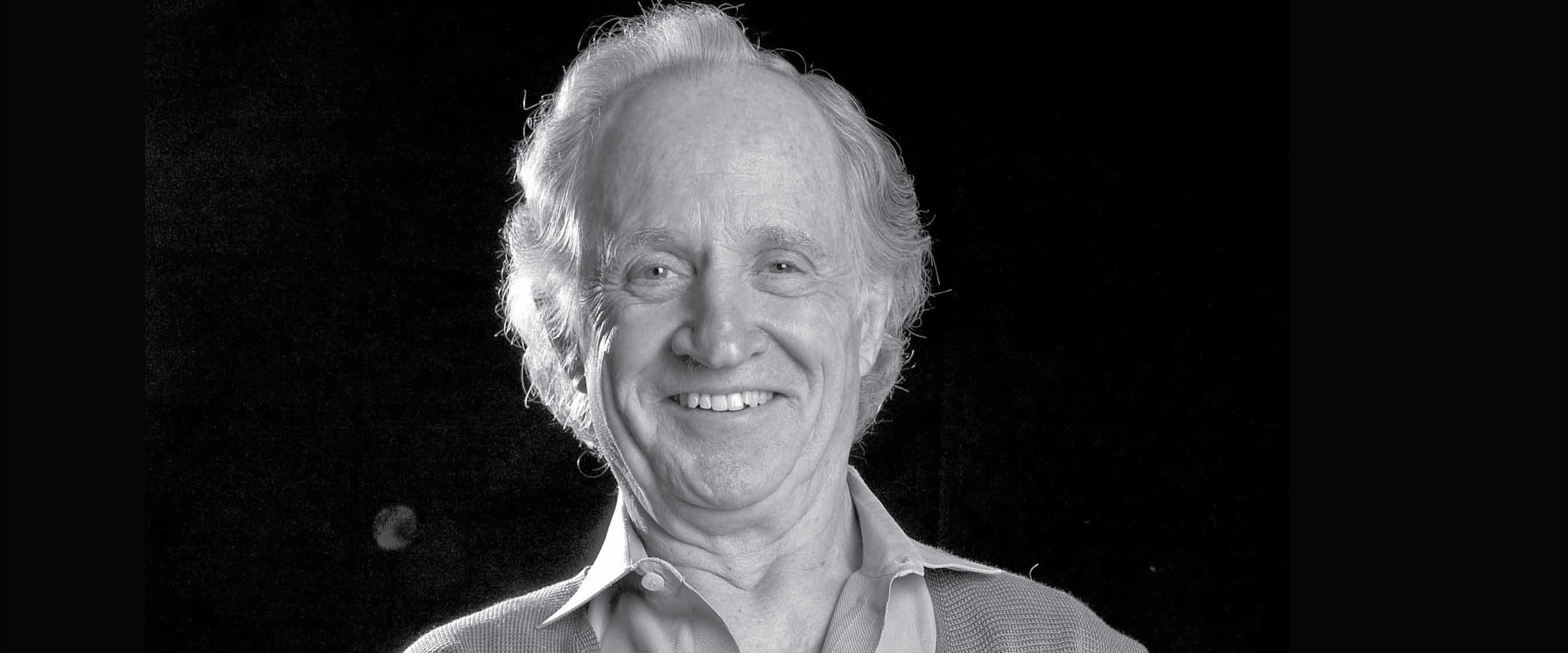
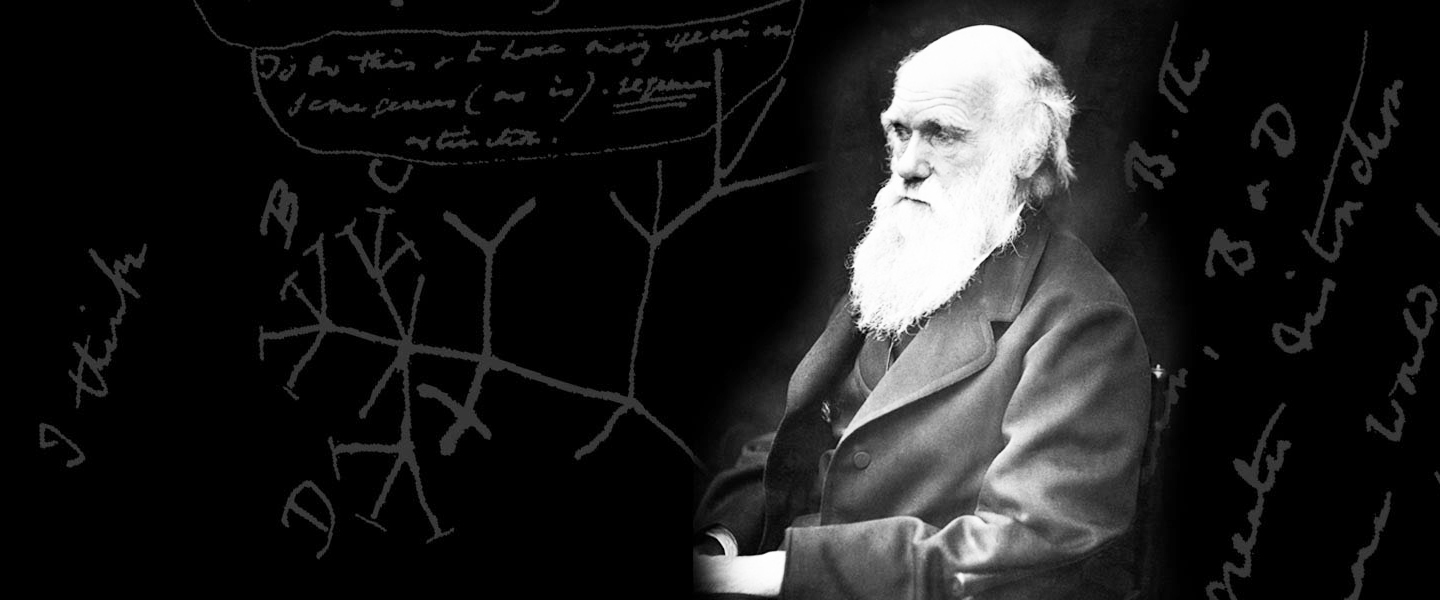



















 Articles
Articles